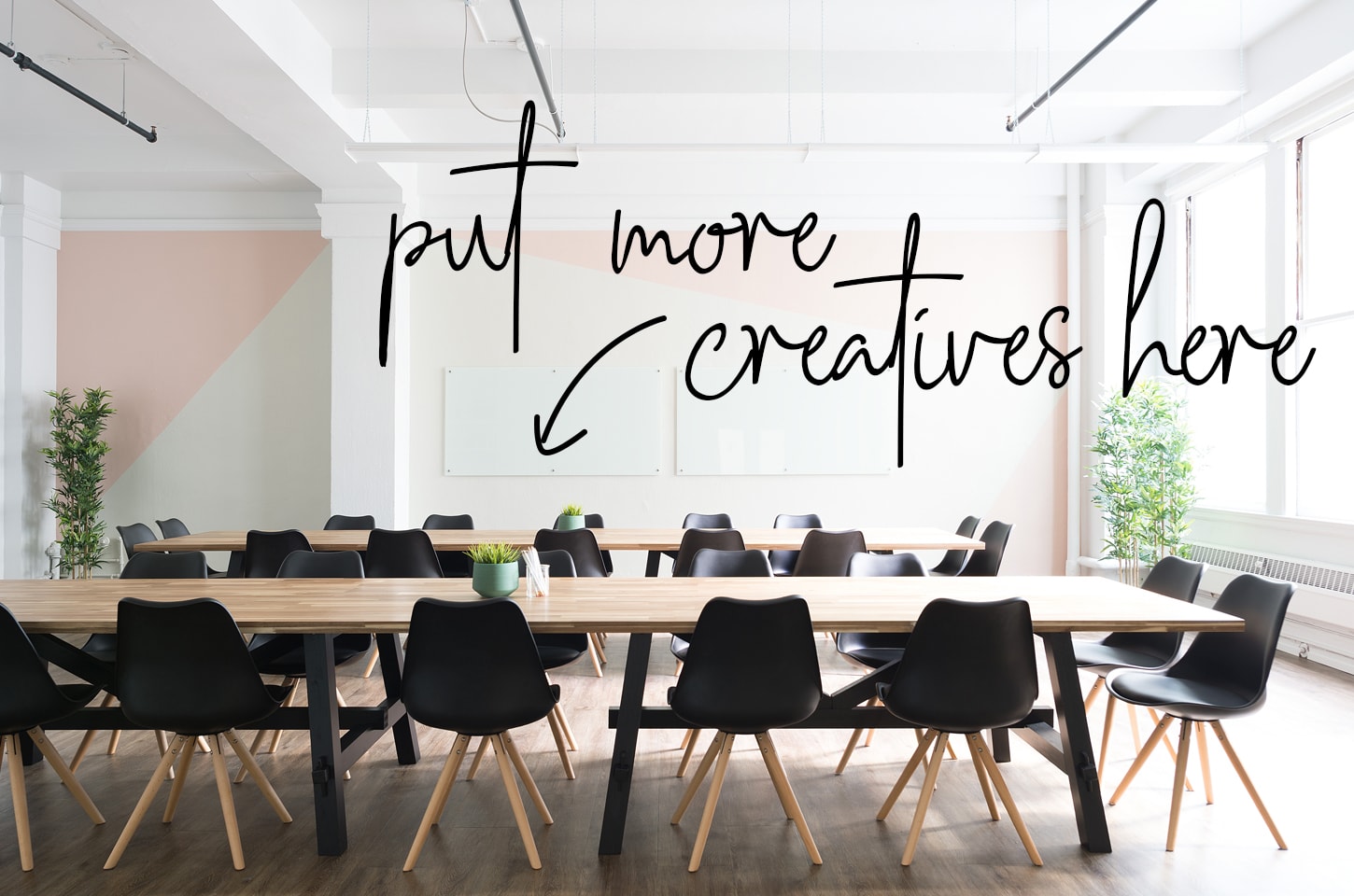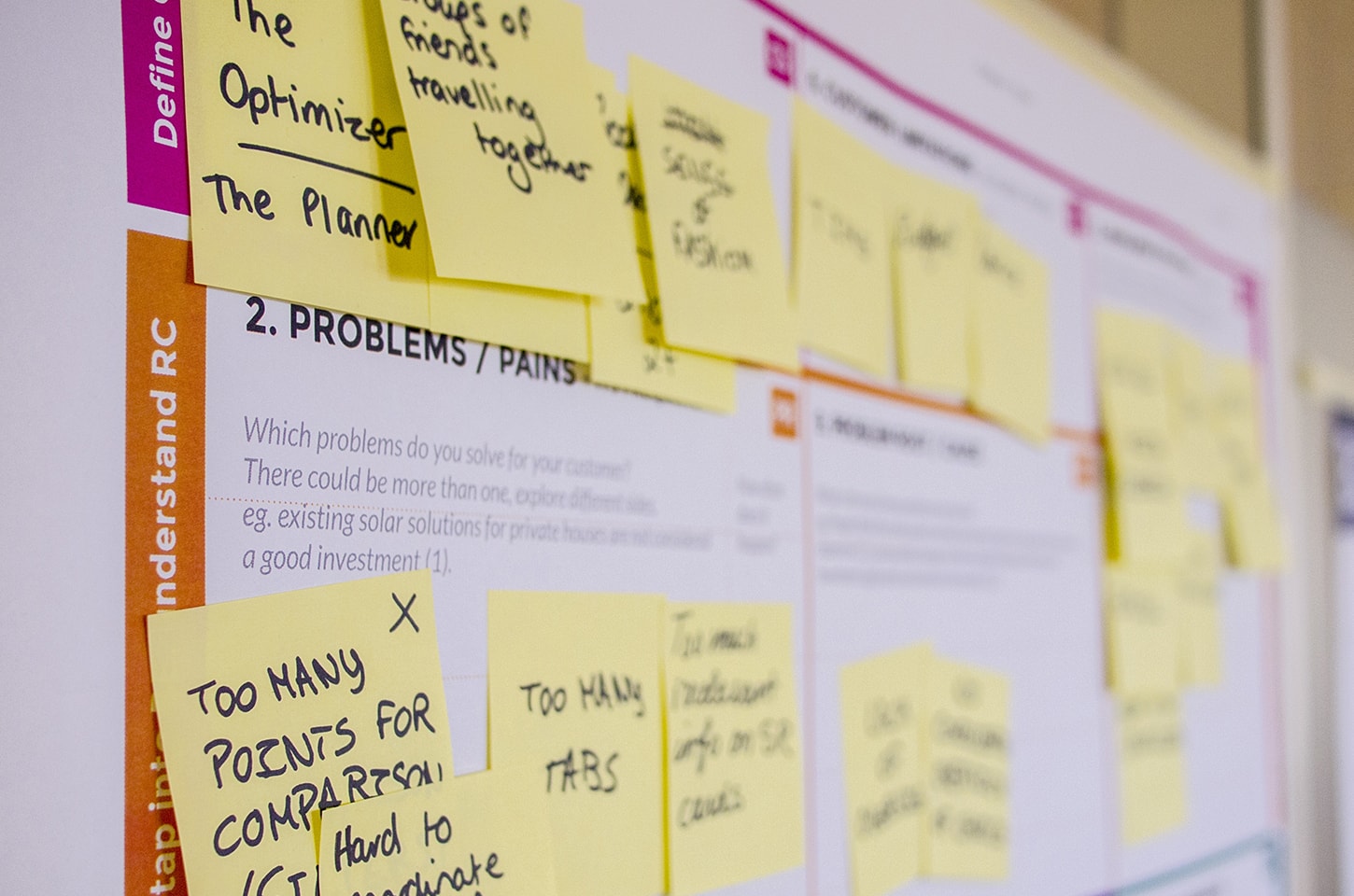Why I'm An Advocate For Design-Driven Innovation

Being a creative by profession can be difficult, but it’s even harder to prove to your organisation that it’s valuable for everyone to adopt a more creative approach. Firuze discusses the latest acronym DDI – Design Driven Innovation – and how it is proven to transform businesses.
I’ve struggled with being creative all my life. Anyone who is a designer, artist or creative will understand how difficult it is to provide a business approach to creativity and to really make money from it without loathing it. There are too many assumptions that being creative is just about making pretty things, but when it’s your profession, there’s so much more to it. From the jewellery designer who has a shop on Etsy and posts to Instagram every hour, to the designers who sit within huge advertising agencies, being taken seriously as a creative is a struggle until you’ve made it.
The battle really takes place when you’re working in an environment where their perceptions of you are too simple. You’re constantly having to push the idea of design beyond aesthetics, while at the same time having to be an expert and not sounding like the crazy creative in the corner screaming at someone’s use of comic sans, or getting antsy about the optimum shade of blue.
Not everyone believes in design either, with that one person in senior management believing it to be something that their 5 year old could do, and the other one who constantly comes up with amazing ‘creative’ ideas and just needs you to be their hands to bring it to fruition. Trying to get them to understand why design and creativity is so important for any business is like talking to a brick wall, except the brick wall isn’t just ignoring you, it’s dumbing down what you do, getting distracted and sending emails while you’re talking, accusing you of inventing the term “UX” and is somehow in charge of how much money you have on a daily basis.
Being creative is a way of thinking, and an approach to your work that means you’re a problem solver by profession. It’s something everyone could benefit from a little of, whether they’re able to draw a straight line or not. But how do you articulate this no matter your profession? How do you knock down that brick wall and get your company to think beyond pretty pictures?
Design-driven innovation is about bringing meaning to how we experience products and services
I know, it seems like yet another industry term that’s fluffy and will probably be turned into the acronym DDI, but hear me out. Design-driven innovation is defined as an approach to innovation based on the observation that people do not just purchase products, or services, they buy ‘meaning’ – where users’ needs are not only satisfied by form and function, but also through experience (meaning).
The reason I found this so interesting the first time I heard it was because we’re in the age of technology, where we’re getting smarter and developing faster. But think of all the technology that’s kicked off, and all the technology that hasn’t. This all comes down to the usefulness and desirability of a product or service not being determined by its technological sophistication, but instead by whether people experience it as a valuable addition to their lives. Take for example the QR code. In order to use one you need to scan it with some third party app on your smart phone, only to receive intrusive, in-your-face advertising. This lack of meaning for the QR code means no one uses them.
While initially it seems that the design-driven innovative approach is only for the Apples and Amazons of the world, the theory behind it can be applied to even the smallest, most technical of companies. If a company provides a product or a service, no matter who the audience is, they can benefit from a design-driven innovative approach to business.
“Utilizing top design talent to translate insights and new strategies into tangible solutions in hardware, software and service interactions helps companies grow faster through differentiation and better customer experiences.”
 Design-driven innovation means being a design-led business
Design-driven innovation means being a design-led business
From July-October 2016, Forrester Research Consulting conducted a study commissioned by Adobe to explore how design practices may create a tangible, measurable business advantage.
A design-led company is one that puts design at the core of its brand. The company weaves design principles into everything it does— from research and strategy to creating content. Leadership and management at these companies think beyond transactions and focus on creating beautiful experiences that build lasting and meaningful relationships with customers.
-Adobe
At this point you’re probably wondering who you can talk to at your work to make this change happen. If you have your own business, this step is easy. If you’re working in a larger company with multiple barriers, this is where you have to be strategic to get your voice heard. The key findings of the report were surprising to anyone that believes design is a fluffy addition to business:
Design-led companies reported:
41% higher market share
46% competitive advantage overall
50% more loyal customers
70% digital experiences beat competitors
 What can you do within your organisation?
What can you do within your organisation?
Companies with less advanced design practices typically underestimate the business benefits of design-led customer experience, and so underestimate the problem solvers they have working for them. Design driven innovation has the power to drive culture and the ambition to do better, for everyone, not just designers. The idea of being design-led means nurturing talent, celebrating variety and encouraging collaboration across strategic, visual and technical teams.
It’s not easy to change the company you work for so that it follows these principles, but it starts with knowing your value as a creative problem solver. Know the right people to talk to within your organisation who can help drive change, and send them the Forrester Research. Become an advocate within your team and preach about the business benefits of being design-led.
If you recognise that your current company doesn’t have these principles, and probably never will, it may be time to consider taking your valuable, design-driven ambition elsewhere. Many companies are adopting design-driven innovation, whether they know that’s what it’s called or not, and recognise the benefits of nurturing talent. They’re easy to spot and are covetable places to work.
Further reading
Design-Driven Companies Outperform the S&P by 219% over 10 years
How Design-Driven Innovation Will Surpass Technology in 2018
A Roadmap for Adopting Design-Driven Innovation
“Creativity” Beats “Machines” in a Digital Age
Design versus strategy – a war of the worlds
Building a design-driven culture
————
Want the latest posts, offers and exclusive tickets straight to your inbox? Subscribe to our newsletter and never miss out again. микрозайм онлайн займ на карту без регистрациисрочный займ на яндекс деньгиденьги в займ москва взять займ без проверокпервый займ без процентов на 30 днейденьги сразу займ займ уфа срочнопервый займ под 0%быстро займ без отказа
